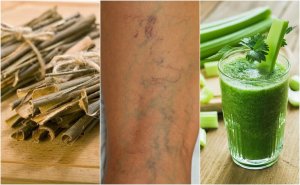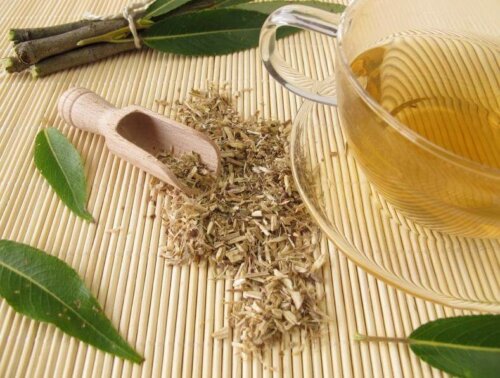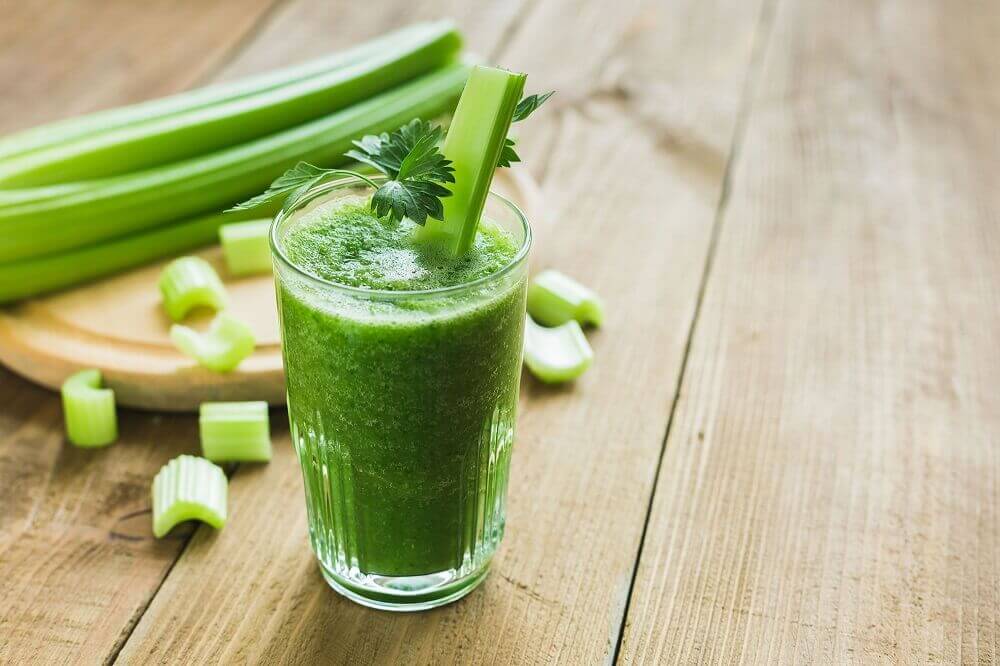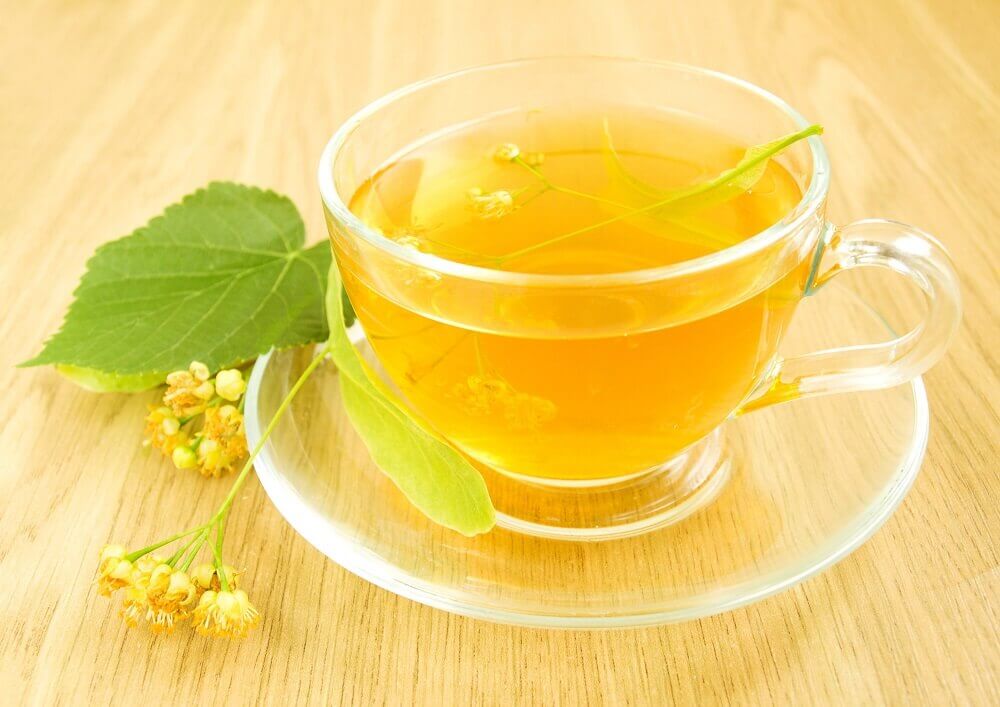5 plants that may help improve your blood circulation


Reviewed and approved by the doctor Maricela Jiménez López
There are some plants that can help combat poor blood circulation. And how does this happen? It’s simple—it’s all thanks to their diuretic and anti-inflammatory properties. In turn, we can benefit from these properties by consuming certain components of these plants (intaking their active components).
These properties help to combat discomfort derived from poor circulation, such as fluid retention, heaviness, inflammation, and fatigue. Next, we present which are the plants that you can take advantage of to combat these symptoms of poor circulation.
What causes bad circulation?
Let’s remember that blood plays an extremely important role in the proper functioning of the body, hence the importance of taking care of its good circulation.
Through the blood, the following is constantly transported: oxygen, nutrients, and other substances that cells require to work in optimal conditions. For this reason, when something prevents its passage, a series of reactions are triggered that can end up generating health disorders that require greater care.
Poor blood circulation can be caused by circulatory disorders, among other factors. In fact, lifestyle has a great influence on its appearance. Here are the risk factors:
- Chronic stress.
- Sedentary lifestyle.
- Diabetes mellitus.
- Poor nutrition.
- Cardiovascular disease.
- Wearing tight-fitting clothes.
- Cholesterol build-up in the arteries.
- Vices: smoking, alcoholism, and drug addiction.
- Exposure to toxins or highly polluted environments.

Read: Medicinal Plants You Must Try if You Have Varicose Veins
Symptoms of bad circulation
- Inflammation in extremities.
- Pain and heaviness in your joints.
- Varicose and spider veins.
- A light blue coloration of your skin (cyanosis).
- Having cold extremities.
- Hair and nail breakage.
- Wounds that heal slowly.
- A weakening of your immune system.
- A feeling of fatigue.
- Tingling and cramps in different parts of your body.
- Problems with concentration and memory.
- Sexual problems.
The effects of circulatory problems can vary in each patient, depending on its cause and level of severity. Therefore, not all patients with poor blood circulation should follow exactly the same things. However, there are general recommendations for everyone: maintain a healthy lifestyle and avoid being sedentary.
Plants that may help increase your blood flow
As mentioned above, the following plants have diuretic and anti-inflammatory properties. On the other hand, they are vasodilating and vasotonic—very convenient for combatting poor circulation.
1. Willow
Willow has a substance called salicylic acid. This substance is one of the best anticoagulants that nature has. To enjoy its benefits, you can drink willow bark infusion daily. For this, you’ll need:
Ingredients
- 1 teaspoon of willow bark.
- 1 cup of water.
Instructions
- Put the willow bark into a cup of boiling water and cover it.
- Then let it steep for 10 minutes and strain it.

2. Meadowsweet
Like with willow, meadowsweet has anticoagulant and anti-inflammatory compounds that help improve blood flow when faced with disturbances and arterial problems.
Ingredients
- 1 teaspoon of meadowsweet.
- 1 cup of water.
Instructions
- Add the meadowsweet to the cup of water and put it on to boil.
- When it starts boiling, cover it and remove it from the heat.
- Then let it rest for 10 minutes and strain it.
Important note: Not everyone can take advantage of willow or meadowsweet as they can cause interactions with other medications. You should consult with your doctor before drinking any of these infusions.
3. Celery

Because of its diuretic properties, celery is one of the plants that really helps you with problems caused by bad circulation. Its compounds reduce inflammation and provide nutrition.
Ingredients
- 1 celery stalk
- 3 cups of water
Instructions
- Wash and cut the celery stalk. Then add it to a pot with the water and put it on to boil.
- When it starts boiling, cover it and let it rest for 10 minutes at room temperature.
4. Nettle
Nettle is a good iron supplement if you have anemia. Also, it has anticoagulant and vasodilator properties. These significantly improve your blood flow. Drink this infusion twice a day to take advantage of its benefits.
Ingredients
- 1 teaspoon of nettle leaf.
- 1 cup of water.
Instructions
- Add the nettle to a cup of boiling water. Let it steep for 10 minutes.
- After 10 minutes, strain and drink.
5. Linden flowers

Linden flowers have been used for years to strengthen arteries and reduce circulation problems. Their compounds calm stress and are beneficial for cases of high tension.
Ingredients
- 1 teaspoon of dry linden flowers.
- 1 cup of water.
Instructions
- Put the linden flowers in a cup of water and put it on to boil.
- When the water starts to boil, turn the heat off and let it rest for 10 minutes.
Ready to combat poor blood circulation?
Whenever you’re going to opt for a natural remedy for poor blood circulation, avoid combining several at the same time to avoid adverse reactions. Instead, try to choose just one of these drinks that we’ve discussed.
Despite the fact that nature provides remedies, pharmacological treatment should not be substituted for any natural remedy. On the other hand, one must remember that plants, by themselves, are not capable of curing or alleviating any disorder. Therefore, they should always be taken as complementary measures.
All cited sources were thoroughly reviewed by our team to ensure their quality, reliability, currency, and validity. The bibliography of this article was considered reliable and of academic or scientific accuracy.
-
Mohd Shara y Sidney J. Stohs. (2015). Efficacy and Safety of White Willow Bark (Salix alba) Extracts. Phytotherapy research. Volume 29, Issue 8: 1112-1116.
- Joanne, M. Benefits of linden flower. [Online] Avaiable at: https://www.livestrong.com/article/401394-benefits-of-linden-flower-tea/
- Mahdi, J. G. (2010). Medicinal potential of willow: A chemical perspective of aspirin discovery. Journal of Saudi Chemical Society. https://doi.org/10.1016/j.jscs.2010.04.010
- Harbourne, N., Marete, E., Jacquier, J. C., & O’Riordan, D. (2009). Effect of drying methods on the phenolic constituents of meadowsweet (Filipendula ulmaria) and willow (Salix alba). LWT – Food Science and Technology. https://doi.org/10.1016/j.lwt.2009.05.005
- “Extrait des grain de célery, une solution pour l´hypertension, la gutte, et le rhumatism”, lhttp://www.naturalfactors.com/ca/fr/products/frontend/WebsiteImages/naturalfactorscanada/documents/537
This text is provided for informational purposes only and does not replace consultation with a professional. If in doubt, consult your specialist.








